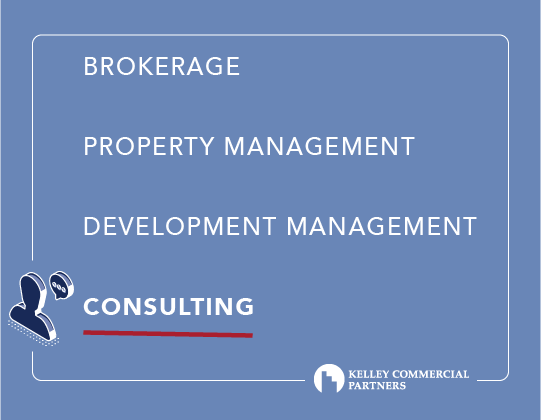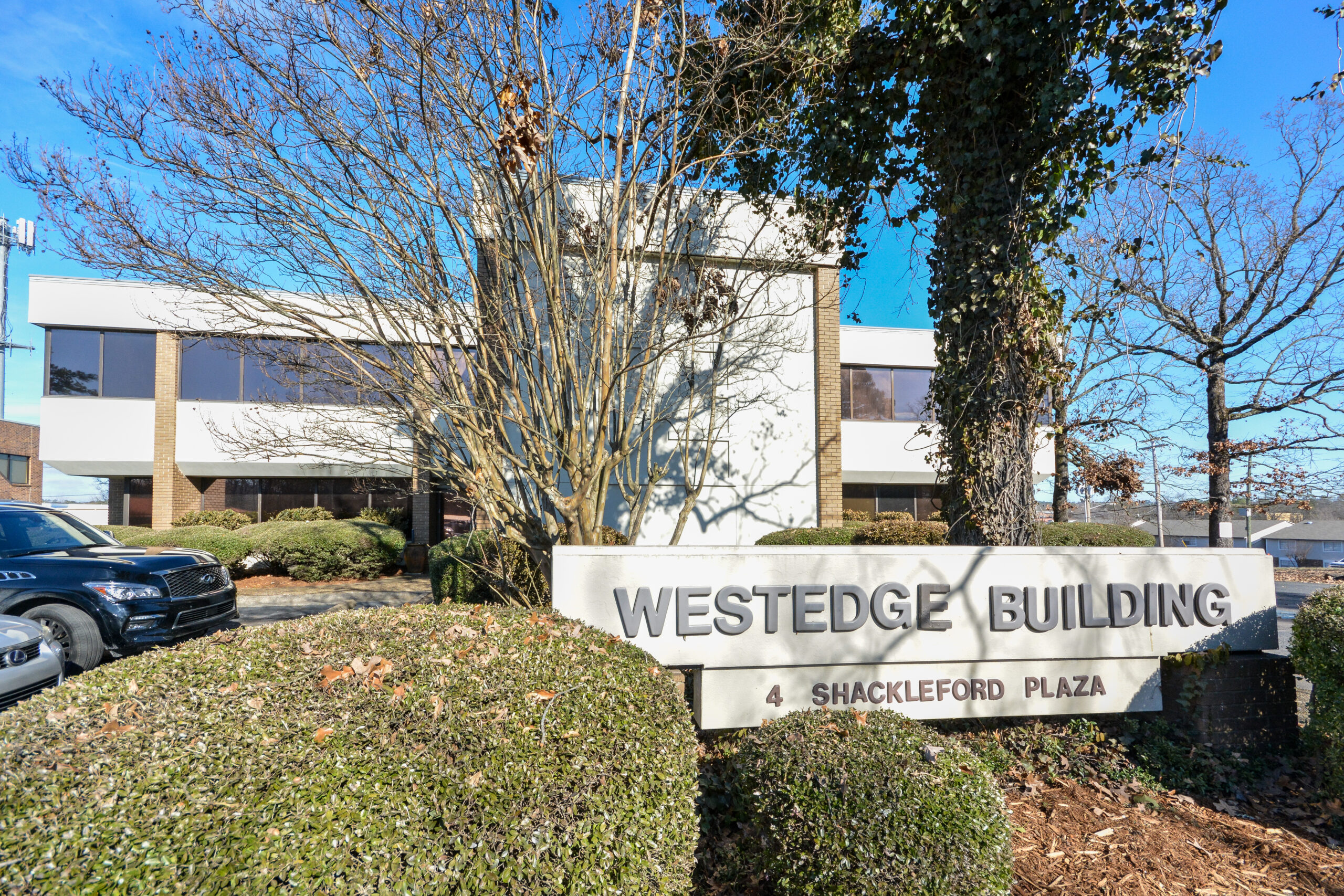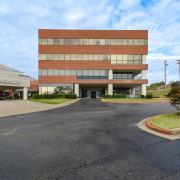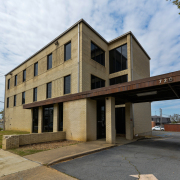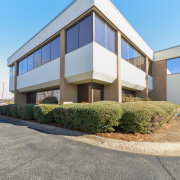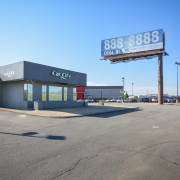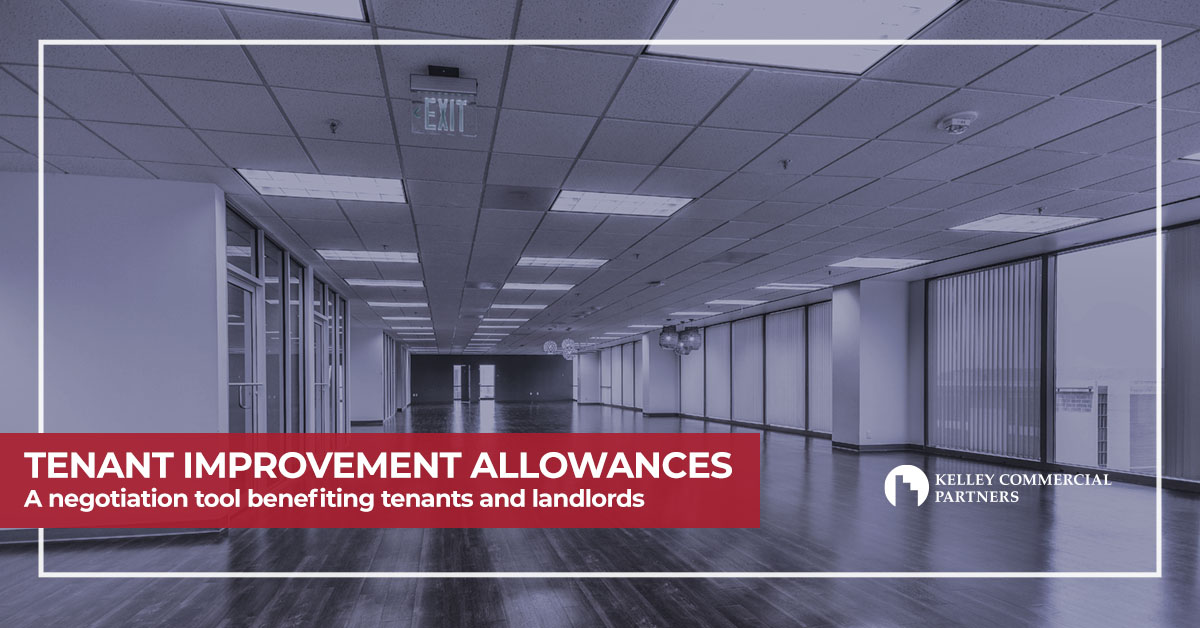In this month’s issue of the Arkansas Times, Hank Kelley shared his thoughts about what the commercial real estate industry will look like in 2050.

Hank Kelley, CEO
Connectivity
There is demand now — and will be in the future — for unique living and workspaces in multiple-story buildings so your space can be close to other residents and professionals, and to other recreational and educational uses. The way we “go to work” now will change over the next 30 years, and the need to have the same level of hard-wall separate office areas within a building will change. More emphasis will be placed on a building’s connectivity for virtual connections than exists today. Even today, mobile professionals regularly chart their destinations based on the connection to credible Wi-Fi. In 30 years, the need for high-quality connections will be a constant and core requirement.
The exterior of buildings will hopefully be a source of energy generation through advances in solar panel technology, but not at the expense of views within the spaces. More filtering will improve indoor air quality. Rooftop decks and balconies with sunscreen canopies will be the norm as people continue to want to be outdoors but become even more concerned about sun exposure.
Mixed-Use
I believe we will continue to see an evolution of larger office buildings to include a mixture in their uses. The cost of converting their use, though, will have to be feasible before developers will invest in the remodeling needed for conversion. The conversion of office buildings to residential and or hospitality (hotel) requires extensive plumbing and mechanical alterations, and those changes will only happen when adequate demand for those uses justifies the conversion cost. In the short run, we will see workspaces within the buildings compressed to more flexible work environments and, in some cases, with even more open floor spaces for cubicle and tabletop workspaces. Landlords will become more flexible on tenant expansion and contraction needs to retain their tenants and use the surplus space they have to attract growing businesses.
The office buildings and existing residential condo buildings in Little Rock’s Central Business District represent the highest density of population per mile in our city and region, and companies will continue to be attracted by the excellent accessibility to both I-30 and I-40. People who live in midrise and high-rise buildings in the Central Business District enjoy walkable amenities now — the Central Arkansas Library, the Robinson Center, the Arkansas Museum of Fine Arts — and we believe the demand for walkable amenities will grow over time.
“’Hoteling’ of office space and rotation of in-office and out-of-office workdays will become more of a norm.”
As regards trends toward remote working, we don’t believe the majority of companies will choose a completely remote workforce because of the challenges in maintaining the culture needed to compete. “Hoteling” of office space and rotation of in-office and out-of-office workdays will become more of a norm. We continue to believe there is value in the separation of workspace and living space. The networking component of “going to work” is now and will continue to be a valuable need for workers and companies.
Energy Efficiency
We will see great advances in products and technology to conserve and generate energy, water and land at both the individual user level, but also at the utility provider level. We are hopeful those advances will reduce operating costs and help preserve our natural resources. The office building industry has been active in conservation efforts through the LEED certification process. Maintaining buildings to operate at peak efficiency will become a requirement to own and operate a building, and utility providers will charge non-compliant building owners penalties for excessive consumption.
We expect that fewer people will own their own cars, meaning we will see less of a need for parking spaces.
Finally, inflation will increase interest rates on the debt and the cost of services to maintain existing buildings. Some building owners are not prepared for their debt and operating expenses to increase, as they have been trying to maintain current rent levels with tenants. This means less income is available to pay debt and reinvest in building upgrades needed to maintain an efficient and attractive building. The squeeze of increasing costs will challenge some building owners and cause a change in ownership if those owners don’t have adequate reserves. Tenants will seek out buildings with owners who have the financial resources and desire to reinvest in their properties.
Hank Kelley is CEO and Executive Broker at Kelley Commercial Partners, and has been working in brokerage and property management in Little Rock for 36 years.
